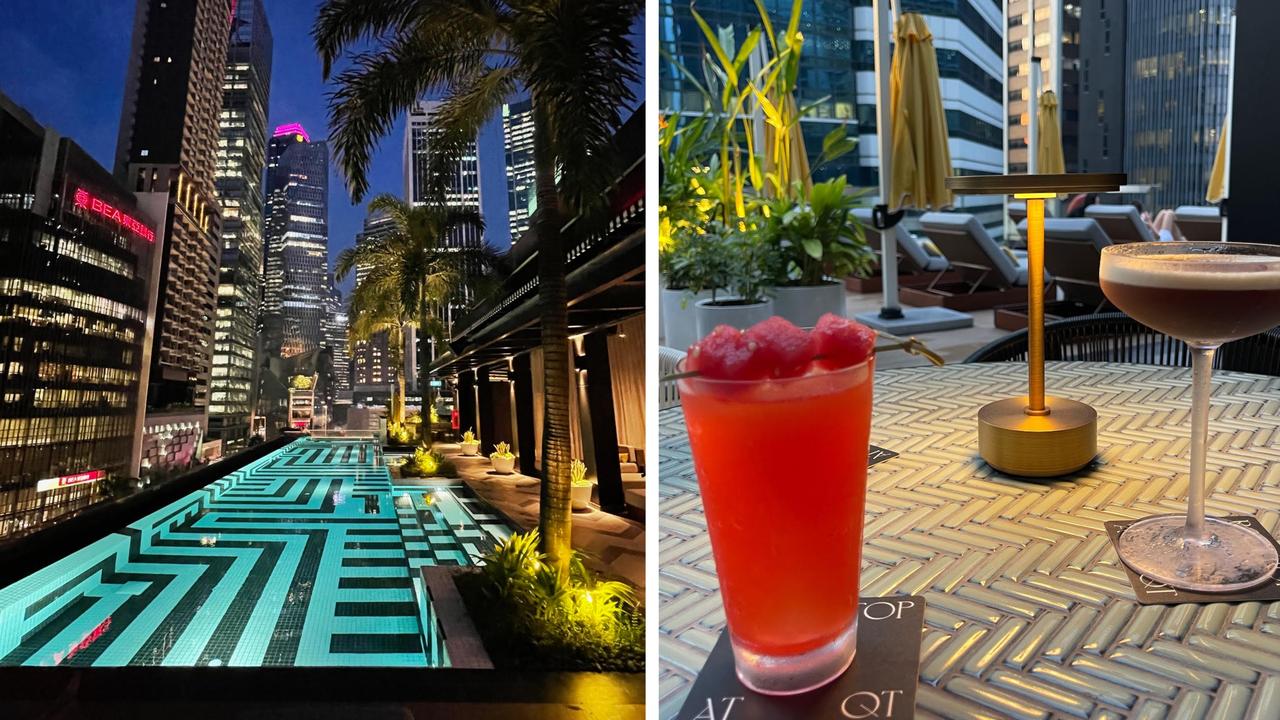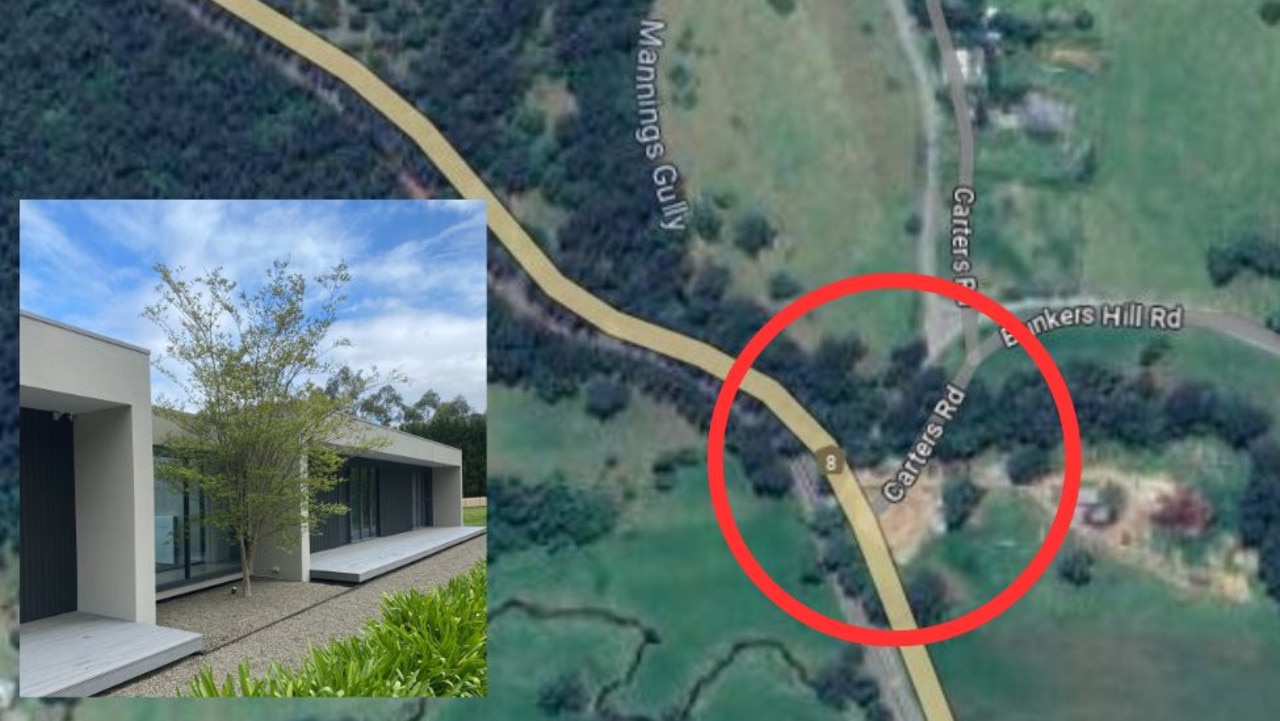My number one gripe about camping
Australian campers are facing a huge issue in campgrounds across the country, and it’s time to solve it.
There’s a big problem in campgrounds and roadside rest-areas in Australia, and these road-trippers say it’s time Aussie campers picked up their act.
She said: Australia, it’s time to follow NZ
There’s no escaping climate change when you’re camping, especially on a wet or windy day. Spend a couple of weeks surrounded by nature on a camping trip, cooking, eating and relaxing outdoors, and you’ll find yourself finely attuned to the climate in all its various moods – and the impact we humans have on the environment.
By its very nature, camping is a low-impact way to travel. In most national parks, where portable generators are not allowed, you’re living off the grid, relying on batteries or solar panels for power. You’re frugal with it, too, when you know you can’t just plug in and flick a switch when you run low. Nothing makes you more conscious of how much water you waste at home when you have a limited, precious supply in jerry cans or tanks.
Living out of a camping fridge or Esky means you tend to buy fresh food locally, which cuts down on food miles, although it can be tempting to stock up with tinned and pre-packaged foods, which doesn’t help the war on waste, especially when it can be hard to find a recycling bin at a roadside rest stop.
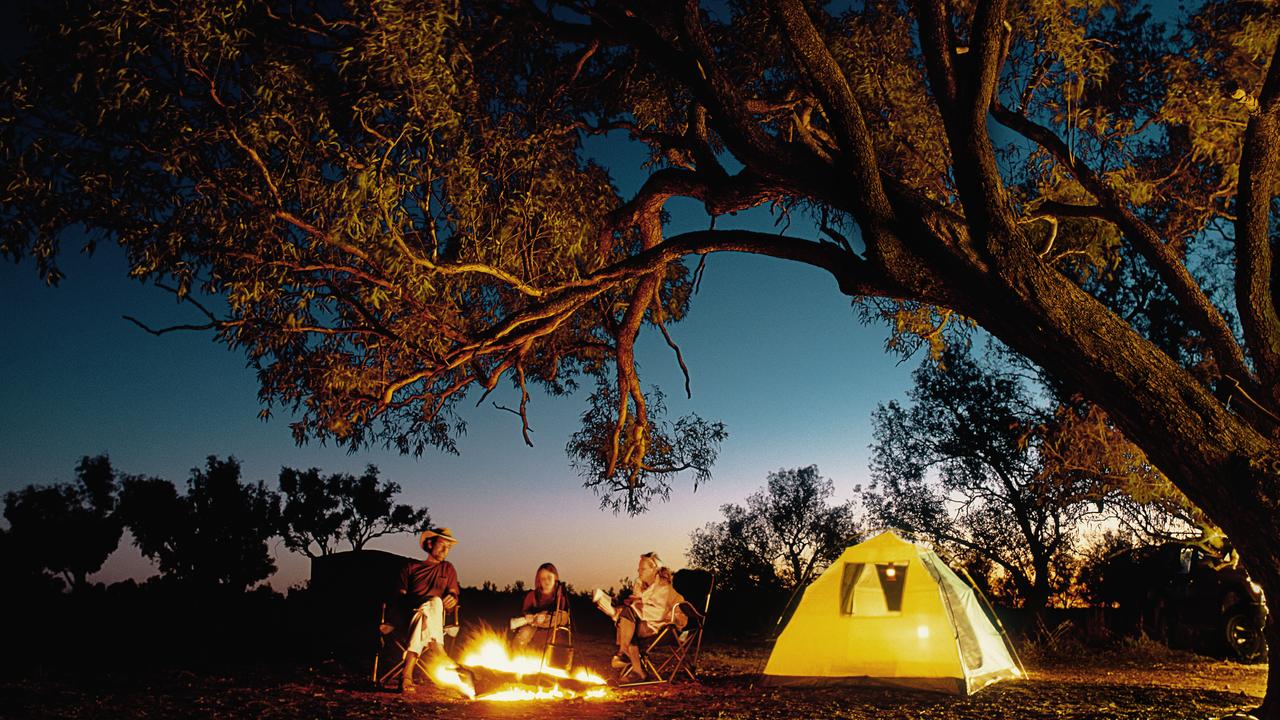
Responsible campers leave no trace of where they have been once they have packed up the van or tent and moved on. Sadly, not everyone does though. Campground and roadside rest-area litter is a huge problem in Australia.
It’s not just orange peels, chip packets and charred cans in fireplaces that get left behind, simply because some (expletives deleted) can’t be bothered to take their rubbish home.
We’ve often turned up at beautiful spots only to find that previous campers have decorated the landscape with streamers of used toilet paper they’ve been too lazy to dispose of properly. Many campsites are now only open to those who are “self-contained”, which means trailers, caravans and motorhomes with on-board containers that hold greywater (from the sink and shower) and septic waste.
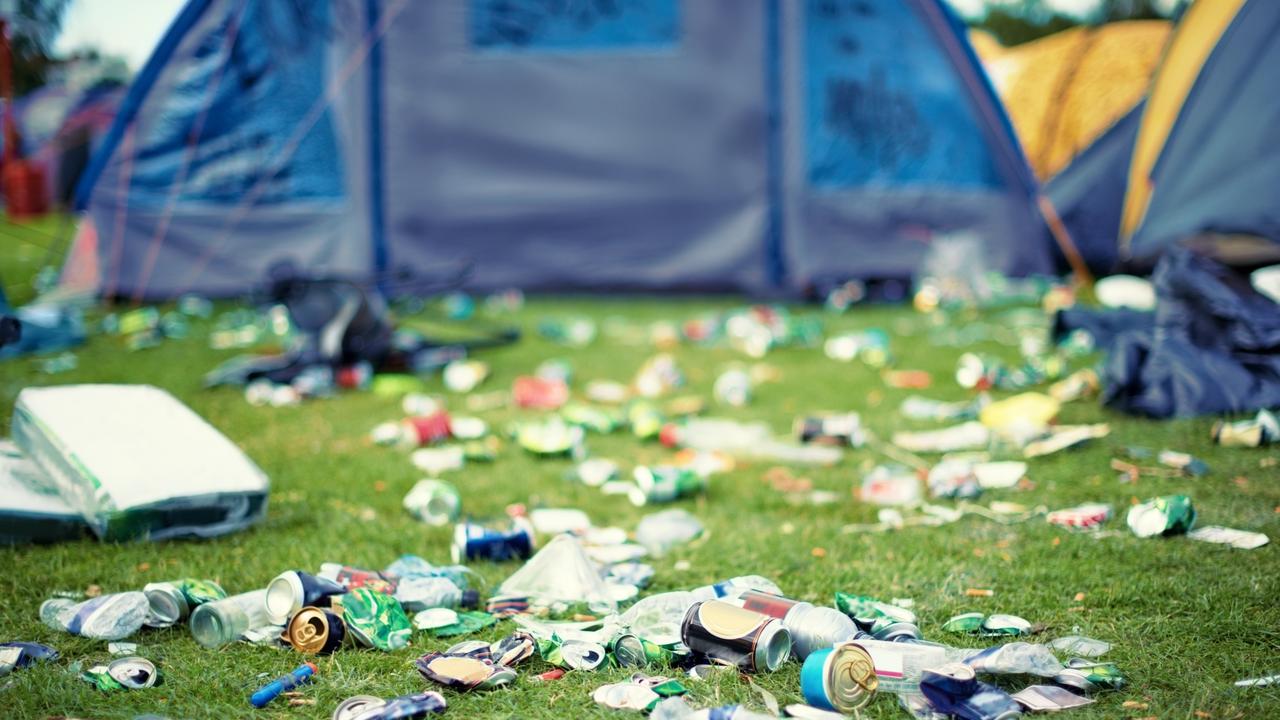
These rules are strongly enforced in New Zealand, where you can camp in hundreds of sublimely beautiful spots for free, as long as you have the registered self-contained sticker on your vehicle. And it seems to work – on our last trip around the South Island we were pleasantly surprised at how rubbish-free these campsites were. It would be nice to see more Australian campers do the same thing.
He said: Lighten the load for yourself and the planet
Most people on a big lap or the adventure that never ends take pretty seriously the art of making a little go a long way and treading lightly upon the planet.
As the more intelligent commentators on climate have said, once we have the will, it’s then all about technology, and in the context of turning climate change around by minimising carbon emissions, the road-tripping life is a bright shade of green and squeaky clean compared to a big house in suburbia with up to 50 power-hungry 240-volt appliances and two or three petrol-powered cars parked out the front.
The only appliances a travel-light, travel-far road-tripper will typically have is a phone, a computer and a camera. Lee also has an espresso maker for her early morning fix. Camp lighting will be a strip or two of LEDs.
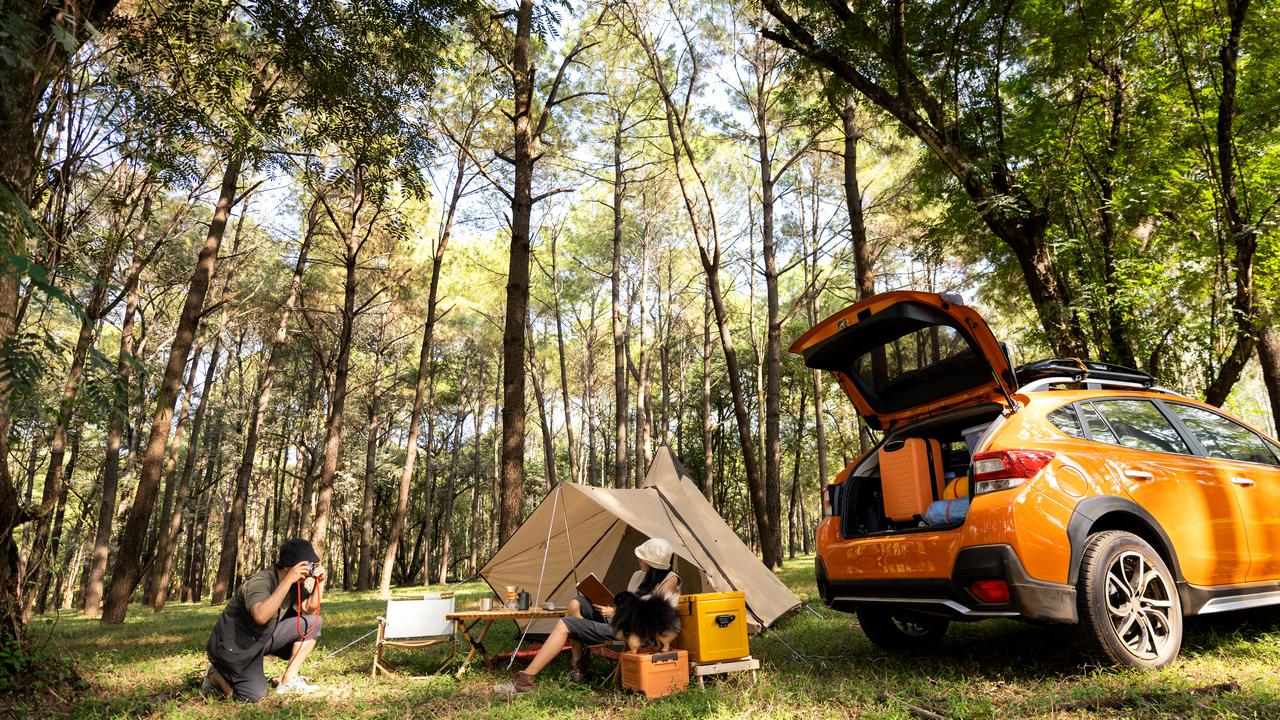
Everything is 12 volt, powered by a deep cycle storage battery in our camper trailer that’s recharged using a solar blanket, and by our ute’s electrical system as we drive. Another deep cycle battery powers the fridge. At camp, we have complete self-sufficiency in renewable power, with zero carbon dioxide emissions.
That’s not the case when we’re on the move, though. As yet, no electric vehicle (EV) has sufficient range for extended outback travel, most EVs in Australia are not yet certified to tow, and charging stations aren’t exactly thick on the ground once you leave the bitumen. Towing a camper trailer or caravan with a hybrid is also problematic because, on the open road, fuel consumption will be comparable to petrol or diesel.
So, as far as towing is concerned, we’re stuck with internal combustion for a while yet.
Diesel is more efficient at pulling heavy loads than petrol, and the model you choose makes a significant difference to carbon dioxide emissions. A 3.0-litre V6 turbodiesel Volkswagen Amarok TDi550, for example, produces 240 grams of carbon dioxide for every kilometre (g/km) you travel. That’s almost one kilogram of CO2 exiting the exhaust pipe every four kilometres.
A 2.2-litre four-cylinder turbodiesel Hyundai Santa Fe produces 160g/km. That’s 33 per cent less than the VW. The 3.5-litre V6 petrol Santa Fe produces 244g/km – a massive 52.5 per cent more CO2 than the turbodiesel model.
Weight is the enemy of fuel efficiency, so to minimise CO2 emissions further, go for the lightest camper or caravan that will do the job for you.
The climate-friendly roadtrip formula is pretty simple really. Lighter, smaller and more efficient technology equals less energy consumption and lower CO2 emissions.
This story originally appeared in Escape and has been reproduced with permission.



